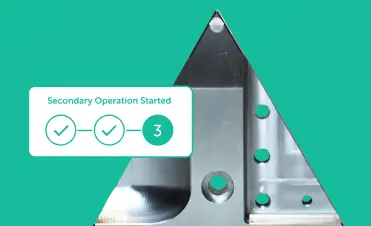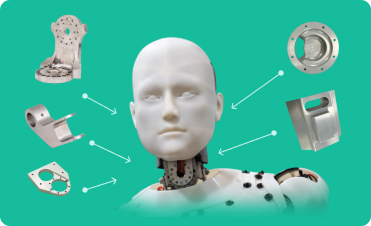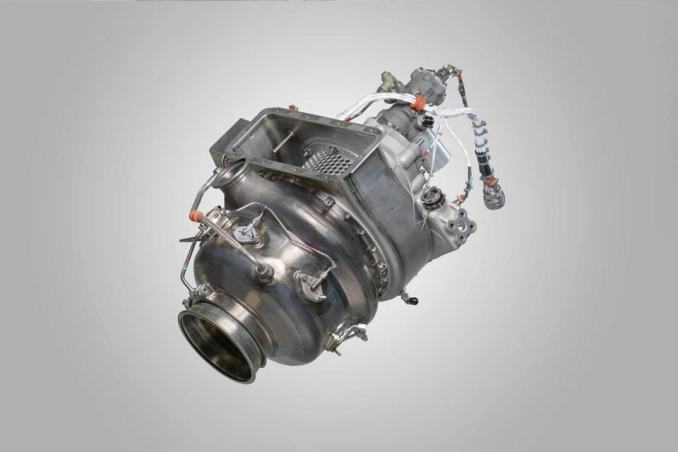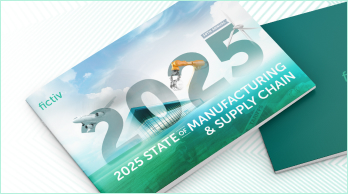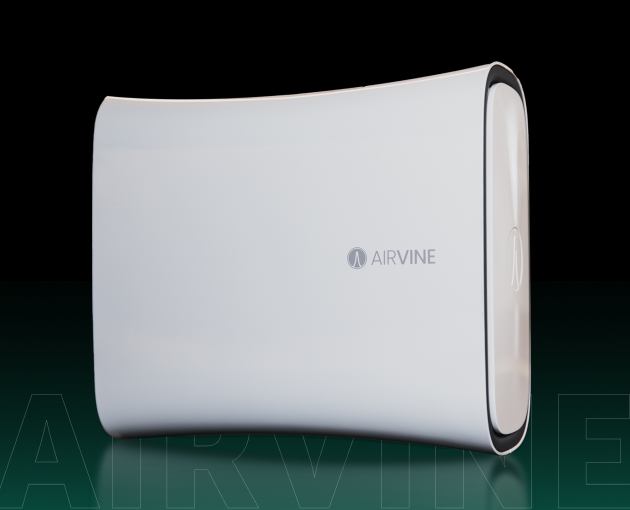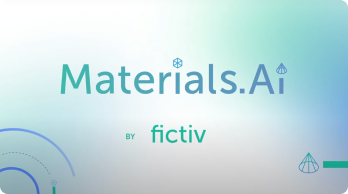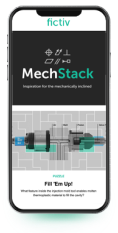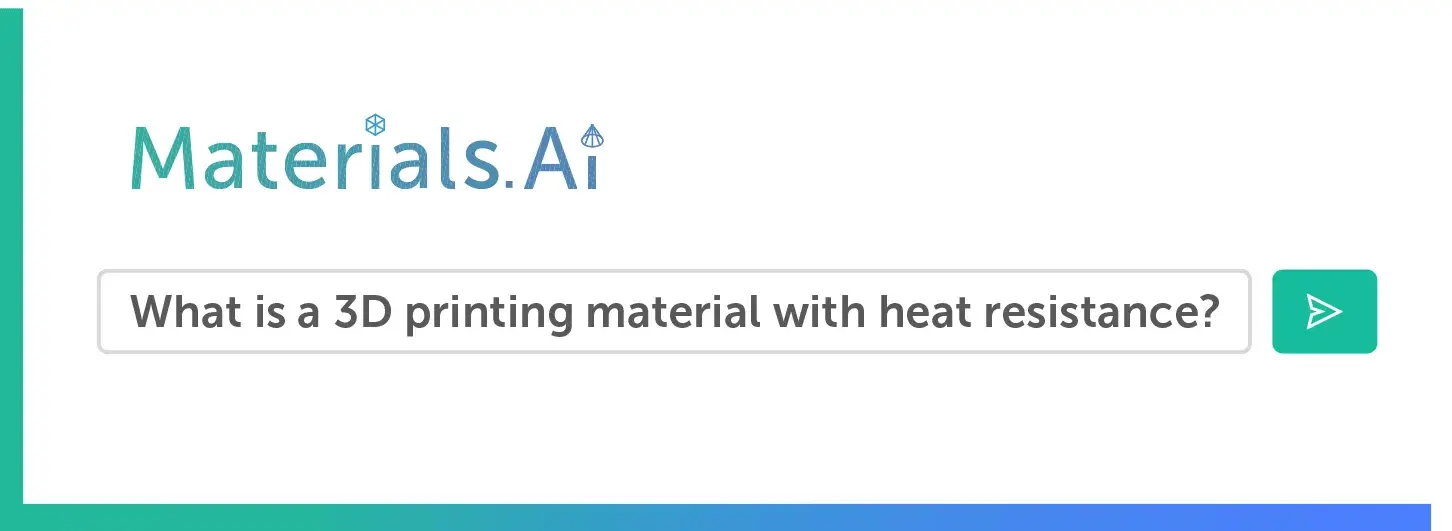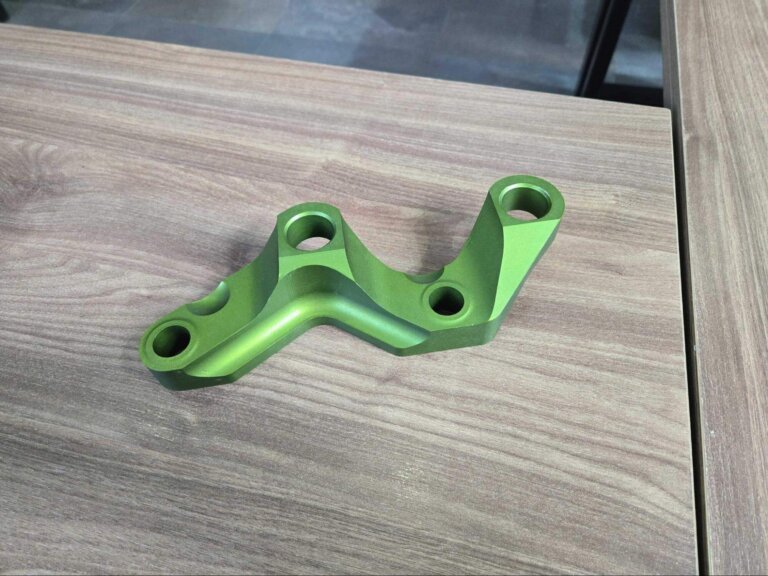Time to read: 6 min
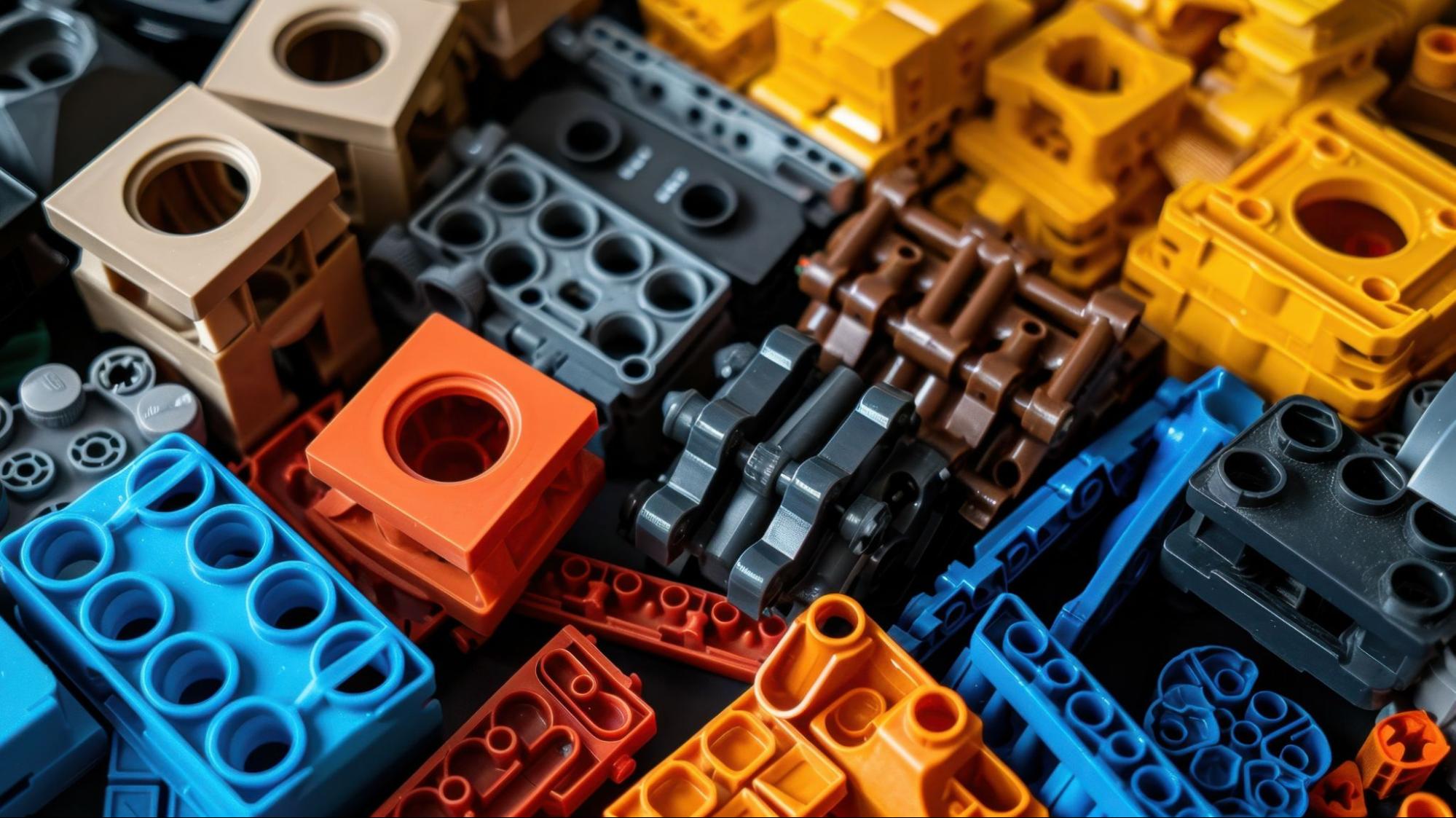
In this article, we explore the unique characteristics of HMLV manufacturing, its challenges, and key optimization strategies.
What Is High-Mix, Low-Volume Manufacturing?
High-mix low-volume (HMLV) manufacturing is a production strategy particularly beneficial for businesses needing customized, small-batch products. This type of production differs from mass production, where each item is made on a large scale with more established quantities.
Make-to-order (MTO) manufacturing, also known as high-mix low-volume (HMLV) manufacturing, is a production method designed for creating high-quality, complex products that vary in form. This approach is commonly used for producing small batches of customized goods. Businesses that are responsive to consumer needs and adapt to changes as necessary are likely to have a competitive advantage over others.
HMLV manufacturing systems prioritize production customizability, leveraging specialized technologies to meet specific customer demands. One key differentiator is agile custom manufacturing, which includes partially finished mechanical machines, modular components, multifunctional production, and reconfigurable systems. These features enable manufacturers to adapt quickly to changing requirements. Enhanced agile supply chains allow organizations to deliver tailored, prepackaged products while reducing lead times, costs, and setup efforts.
One of HMLV’s key advantages is its ability to produce multiple variations of a single product. Unlike traditional manufacturing methods, which are often rigid, this strategy leverages advanced technology to allow flexible adjustments in design, material selection, production scheduling, and customization.

The Role of High-Mix, Low-Volume Manufacturing Across Various Industries:
- Medical Devices: Enables the production of custom-made implants, prostheses, and surgical tools tailored to individual patients
- Aerospace & Defense: Supports the creation of highly complex, precise, and low-volume components required for aircraft and military applications
- Automotive: Facilitates the small-scale production of specialized automobile parts
- Electronics & IoT: Assists in designing and fabricating custom housings, PCBs, and other electronic components
- Industrial Equipment: Used in the development of specialized machinery, proprietary jigs and tools, and custom spare parts for efficient solutions in industrial settings
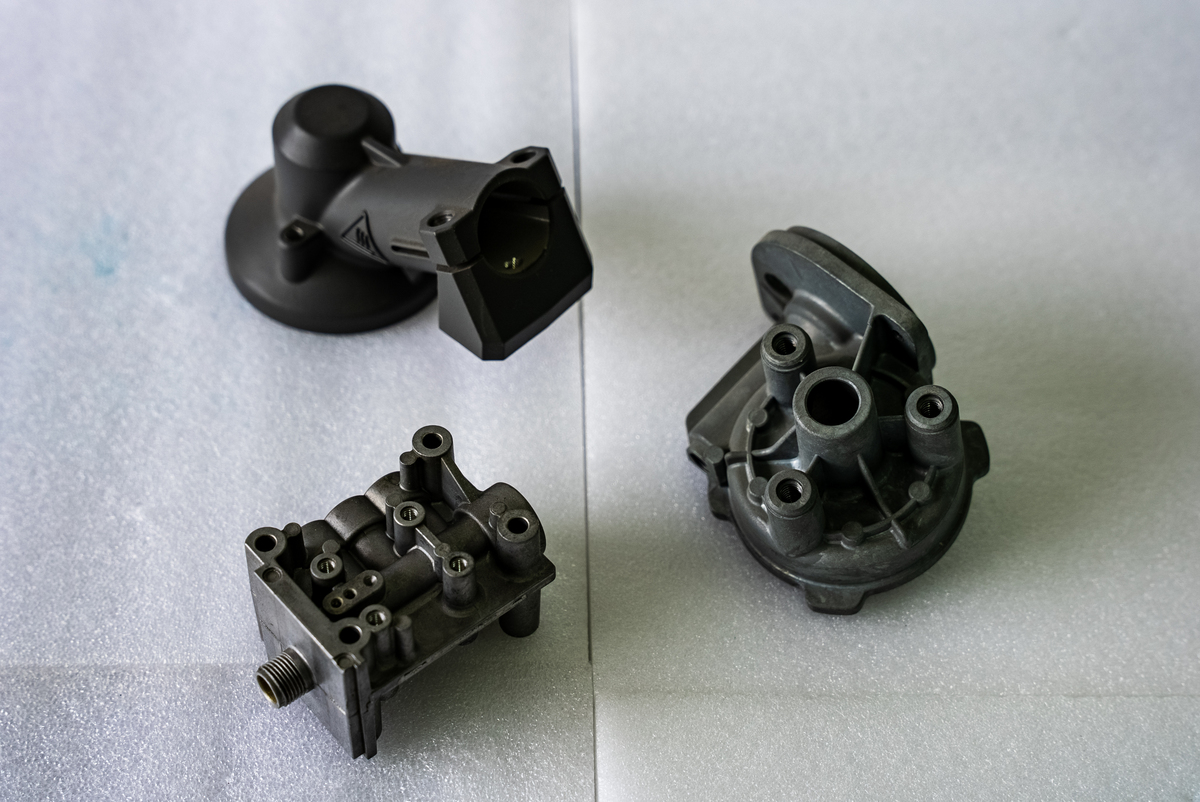
Challenges of High-Mix, Low-Volume Manufacturing
Although high-mix, low-volume manufacturing offers certain advantages, it can also come with unique challenges that must be addressed to enhance operational efficiency and profitability, including:
Frequent Changeovers and Setup Costs
A defining feature of HMLV production is its versatility, which requires frequent modifications and reconfigurations at both system and subsystem levels. Like other manufacturing methods, automation and production flow are crucial; however, greater automation increases the need for retooling. The more automated the process, the higher the efficiency and productivity.
Supply Chain Challenges
Operating on a make-to-order basis, HMLV relies on a broad supplier network to source materials for small, specialized production runs. This dependence raises risks such as delays, miscommunication, rising costs, and difficulties in acquiring critical parts, all of which can disrupt operations.
Inventory Control and Material Wastage
Unlike traditional manufacturing, HMLV has a less structured production model, making waste management more challenging. When resources are readily available, excess materials and inefficiencies can accumulate, leading to higher operational waste and reduced efficiency.
Cost Efficiency and Lead Times
Precision timing and high-cost tooling are essential, limiting adaptability to just-in-time material delivery. While short lead times are crucial, setup costs and complex logistics introduce rigidity, making cost efficiency a constant challenge.
Optimizing HMLV Manufacturing With Digital Manufacturing Solutions
Digital manufacturing can resolve many difficulties in high-mix, low-volume manufacturing. Such solutions enhance not only an organization’s efficiency but also the very scale of the business. The list below shows how this is done:
On-Demand Manufacturing and Agile Supply Chains
Fictiv is a cloud-based platform that provides manufacturers instant access to resources, enabling on-demand production and distributed manufacturing. This makes operational and logistical agility much easier.
Reducing Setup Costs With Flexible Manufacturing
Flexible manufacturing systems leverage multi-purpose tooling and advanced technologies like 3D printing for rapid prototyping. CNC (computer numerical control) machining and sheet metal fabrication further support low-volume, high-precision production, significantly lowering setup costs and improving turnaround times.
Leveraging Automation for Efficiency
HMLV achieves precise operation at maximal efficiency through automation. Techniques such as AI order processing, human quotations, fast Design for Manufacturability (DFM) feedback, and quick processing pave the way for accuracy and speed at a lower cost, which boosts production pace and precision.
Reducing Waste With Just-in-Time Production
Under the Just-in-Time (JIT) production model, manufacturing occurs only when there is actual consumer demand, reducing the risk of overstock and minimizing material waste. Tuning production to match demand makes the overall process more efficient for lower volumes.
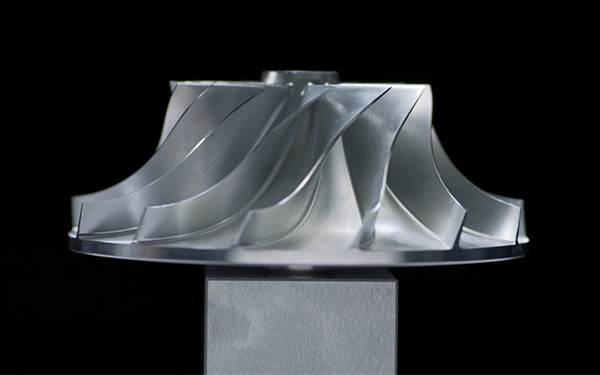
Best Manufacturing Methods for High-Mix, Low-Volume Production
These production methodologies achieve the objectives for high-mix, low-volume production techniques:
CNC Machining for High-Precision Parts
CNC machining is one of the most effective production processes for the precision of complex geometrical metal and plastic components. Industries such as aerospace and medical devices use CNC to support multi-sectional ultrasound cases and intricate templates that require tight tolerancing.
3D Printing for Custom and Rapid Prototyping
3D printing is unmatched in its ability to provide detailed, one-of-a-kind components and intricate prototypes. The technology allows for severely lightweight solutions, significantly reducing lead time and tooling costs.
Injection Molding for Lower-Volume Production
This strategy works well for making functional prototypes and lower-volume production of consumer electronics goods and other products. Lean manufacturing techniques, such as single-minute exchange of die (SMED), reduce tooling changeover time and costs with a high product mix. The injection molding process can also be scaled up to higher volumes.
Sheet Metal Fabrication for Custom Parts and Prototyping
Sheet metal fabrication is widely used for electronic chassis, brackets, and industrial equipment components, relying on laser cutting and CNC bending for precision. One key advantage is its quick setup time, which enables faster production and improved efficiency.
Urethane Casting for Low-Volume Production
Due to its cost and operational flexibility, urethane casting is optimal for producing small quantities of plastic or rubber-like parts. It provides an economical option for manufacturing small quantities that are less expensive than traditional injection molding while still maintaining quality.
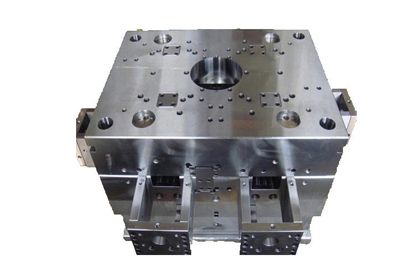
The Future of High-Mix, Low-Volume Manufacturing
As emerging technologies redefine production processes, many things about high-mix, low-volume manufacturing will surely change.
AI and Automation for Adaptive Production Planning
Automation and AI in production strategy have made significant advancements in reducing waste. With AI-driven adaptive production planning, manufacturers can optimize workflow, resource allocation, and forecasting for greater efficiency.
Digital Twins and Smart Factories
Digital twins replicate the full procedures of actual manufacturing before a product is made. While primarily a simulation framework, a digital twin allows for viewing and adjusting a production system in real time and provides the opportunity to improve control, efficiency, risk mitigation, and augmentation.
Advanced Material Solutions
The most recently developed materials have further enhanced HMLV production to be stronger, lighter, and more environmentally considerate than it used to be. In addition, the product’s performance is enhanced with lower environmental impact during production.
Hybrid Manufacturing
Hybrid manufacturing integrates multiple methods within a single system, such as 3D printing, CNC machining, and casting. This approach enhances flexibility, scalability, and cost efficiency while allowing for easier modifications and faster production times.
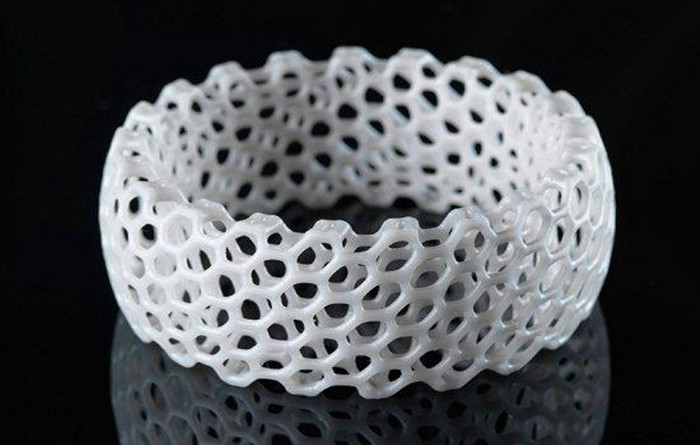
How Fictiv Enables High-Mix, Low-Volume Manufacturing
Fictiv integrates the benefits of high-mix, low-volume production with modern digital manufacturing techniques and proprietary design software algorithms to enhance efficiency, speed, and scalability. Here’s how Fictiv empowers businesses to navigate the challenges with this production strategy:
- Instant Quoting and DFM Feedback: Providing DFM feedback alongside instant quoting allows manufacturers to refine their designs on the Fictiv platform before committing to production. When effective quality control is applied, this approach helps eliminate redundant work, which is often costly and inefficient.
- Affordable and Efficient Production On-Demand: Through responsive production, Fictiv allows operating businesses to reduce stock inventory and overhead costs while increasing economic agility for scaling production.
- Fast Turnaround: Fictiv offers rapid prototyping and scalable production, enabling businesses to transition from design to product in days. This is extremely advantageous for businesses with quick iteration processes.
- Global Network of Vetted Manufacturers: Fictiv’s distributed network of vetted manufacturers allows businesses to scale up and simplify quality control easily.
Why High-Mix, Low-Volume Manufacturing Is the Future
As modern markets continue to evolve, high-mix, low-volume manufacturing is becoming a key strategy for the future. The demand for customization and cross-platform adaptability is increasing, while traditional mass-production methods that are limited in flexibility are gradually being phased out.
Manufacturing flexibility refers to the ability to efficiently produce a wide range of product variations. This approach excels at balancing volume, efficiency, quality, and control, making it essential for industries that require tailored solutions. Digital platforms like Fictiv have significantly improved scalability and cost-effectiveness in custom production.
Additionally, integrating AI-driven DFM feedback, instant quoting, on-demand manufacturing, and optimized supply chains helps reduce overhead costs and lead times, enhancing overall efficiency. Automation provides a significant competitive edge in today’s market, where customer-driven solutions are vital. To remain relevant, companies must adapt to changing trends and demands.
By leveraging advanced technology, digital platforms, and strategic planning, businesses can strengthen their production capabilities and ensure long-term success in a rapidly evolving industry. Now is the time to explore innovative manufacturing solutions and stay ahead in the dynamic marketplace.
Get started with Fictiv today by uploading your part files to get a quote fast. Leverage our global network of manufacturing experts to help you achieve the most efficient production for your company’s needs.
